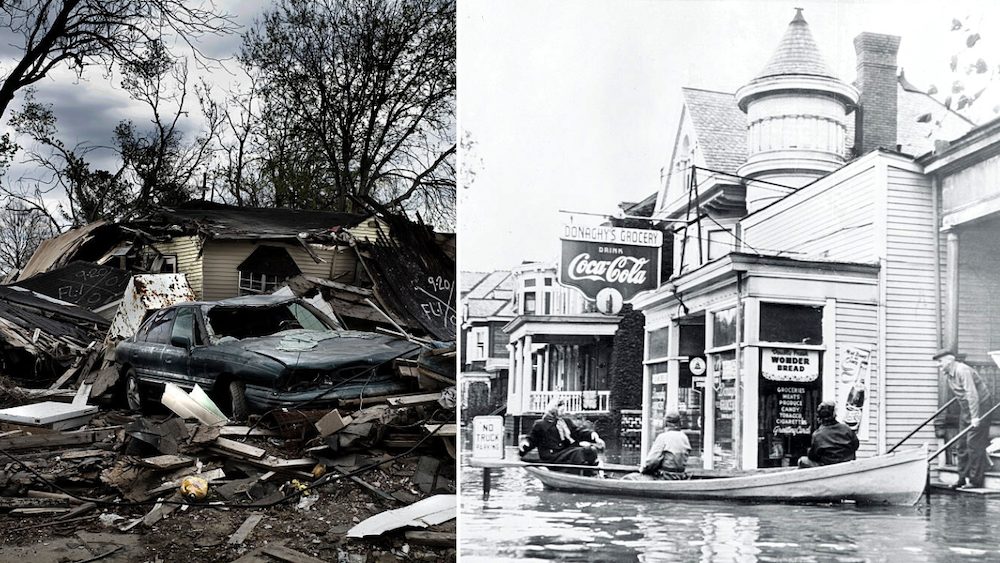Severe weather is something we all have to contend with. Hurricanes are among the worst storms, bringing with them strong winds, torrential downpours, and storm surges. They leave death and destruction in their wake, and send a message that Mother Nature is not to be underestimated. Here are five of the worst hurricanes to hit the U.S. mainland.
1900 – Great Galveston Hurricane
If there’s one hurricane that shows the importance of weather surveillance, it’s the one that hit Galveston, Texas on September 8, 1900. It was the deadliest natural disaster in U.S. history, and is the fifth-deadliest Atlantic hurricane ever.
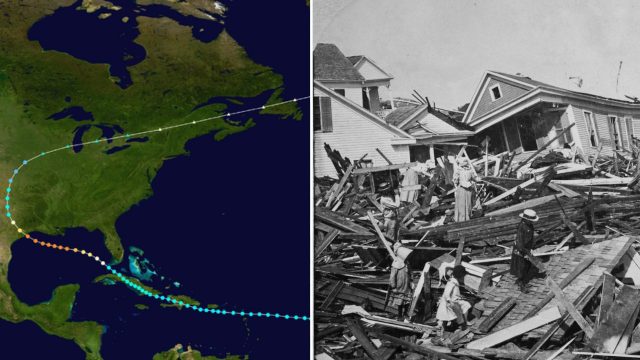
It hit Galveston as a Category 4 hurricane, with sustained winds of over 135 miles per hour. The storm surge destroyed 7,000 buildings, 3,636 of which were homes, and left 10,000 people homeless. It’s estimated between 6,000 and 12,000 people lost their lives.
Many believe the loss of life would have been lower if officials with the U.S. Weather Bureau had better communicated with the public. Forecasters in Cuba had predicted the storm would directly hit Galveston, while the Weather Bureau believed it would pass over Florida and move up to New England. This discrepancy meant the residents of Galveston were given little warning.
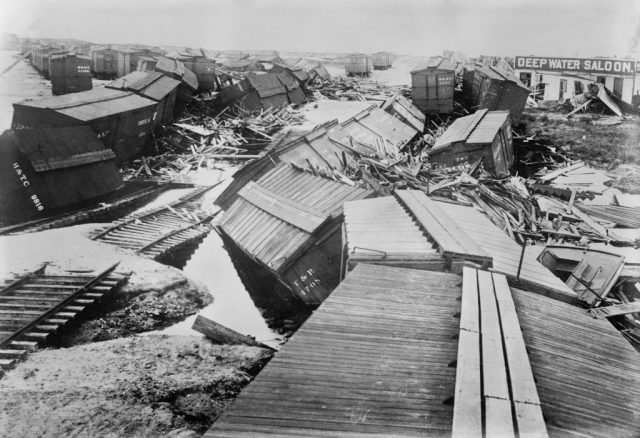
The hurricane brought an end to the Golden Era in Galveston, as potential investors were scared off by the devastation. It created a gap between two defining eras for the city: the Golden Era (1875-1900) and the Open Era (1920-1957). The economic rebound during the 1920s was largely fueled by bootlegging and gambling during Prohibition.
1935 – Labor Day Hurricane
Also known as Hurricane Three, this storm was the most intense Atlantic hurricane, pressure-wise, to make landfall. It struck Florida as a Category 5 hurricane, with sustained winds of 185 miles per hour.
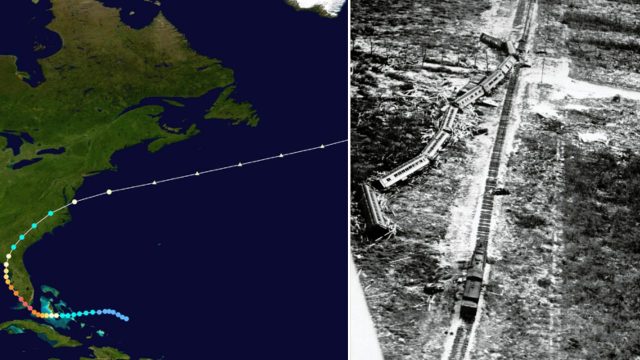
A storm surge of 18 to 20 feet swept across the Florida Keys, causing catastrophic damage. Strong winds destroyed all structures between Tavernier and Marathon, and nearly every tree and building in Matecumbe Key were uprooted. Those caught outside during the storm were blasted by sand with such force that their clothes were ripped from their bodies.
Portions of the Key West Extension of the Florida East Coast Railway were damaged or destroyed. The railroad was never rebuilt, and temporary ferry landings and bridges were installed as soon as materials were made available. Worse still were the deaths of 259 World War I veterans constructing the Overseas Highway. A train arrived too late to rescue the majority of them, and more lost their lives when it was swept off its tracks by the storm surge.
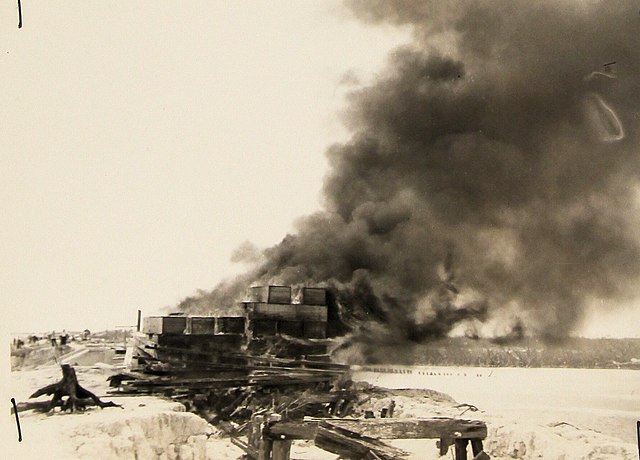
The hurricane caused additional damage to Georgia and the Carolinas. Memorials were set up to honor the 408 people who lost their lives.
1954 – Hurricane Hazel
Hurricane Hazel not only caused severe damage to the U.S. – it’s the most devastating hurricane to hit Ontario. It was the deadliest, most intense, and second-costliest hurricane of the 1954 Atlantic hurricane season, and left a trail of destruction in its wake.
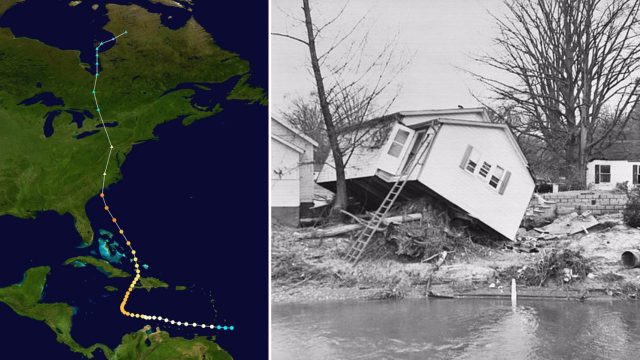
Hazel first struck Haiti, killing 469 people and destroying a large portion of the country’s cacao crop and coffee trees. It then moved north and struck America, causing an additional 95 casualties. The worst effects, however, weren’t felt until it crossed the Canadian border as an extratropical storm.
The storm struck Toronto on October 15, 1954, causing severe flooding as rivers and streams overflowed their banks. The damage was made worse by a lack of preparation, as the city had never been hit by a hurricane, and many homes were lost. Roads, utilities, parks, and bridges were washed out, and the city was beneath water for days.
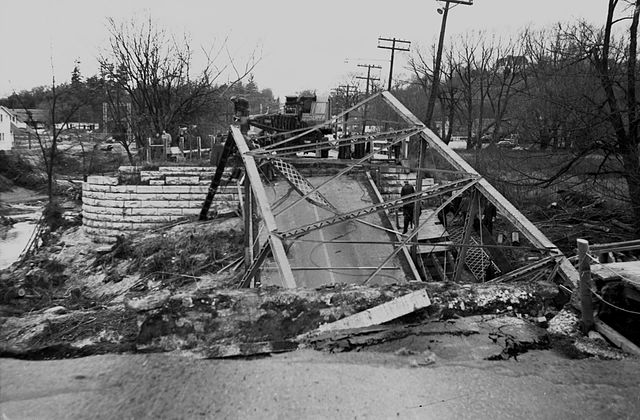
The worst-hit communities were near the Holland Marsh, the Humber River, and Etobicoke Creek. Some 800 troops, 15 militia groups, and eight army reserves were called in to help with the clean-up, which lasted several weeks. The aftermath showed the generosity of those living in Toronto. The Salvation Army received so many donations that it had to ask people to hold off until it put out a renewed call for help.
2005 – Hurricane Katrina
One of the most devastating hurricanes to hit the U.S. was Hurricane Katrina in August 2005. The Category 5 storm was the fourth-most intense Atlantic hurricane on record, and it hit New Orleans with a ton of force.
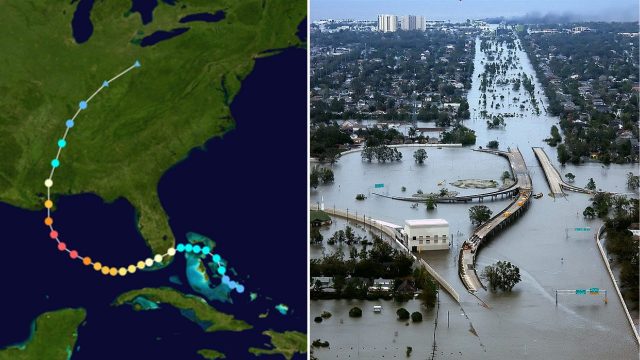
The storm surge breached the levees protecting the city’s metro area, destroying most of its communications and transportation facilities. This left tens of thousands of residents stranded, with little-to-no access to food, shelter, or medical help.
The mayor of New Orleans issued a mandatory evacuation order the day before the storm hit, but it did little to mitigate the loss of life. Katrina caused 1,833 deaths, and property damage surpassed $125 billion. The government was also the target of criticism by those who felt it hadn’t done enough to meet the needs of those affected by the storm.
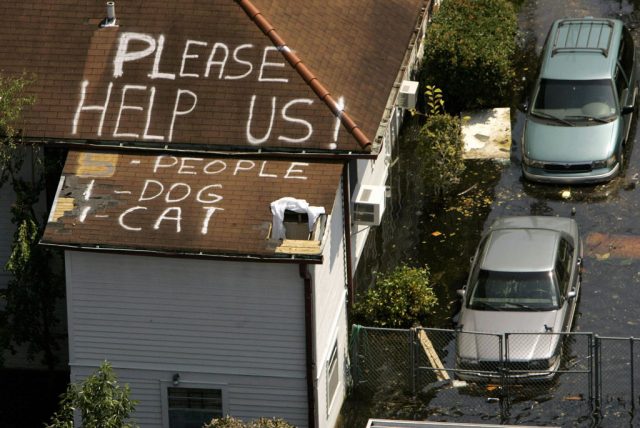
Investigations concluded that the U.S. Army Corps of Engineers, which had designed and built the region’s levees decades earlier, was at fault for the failure of New Orleans’ flood-control systems. Federal courts later ruled the division couldn’t be held financially liable because the Flood Control Act of 1928 gave it sovereign immunity.
2012 – Superstorm Sandy
Hurricane Sandy is an outlier on this list, due to the time of year it struck the U.S. The superstorm hit the northeast in late October, resulting in damage caused by not just rain and storm surge, but snow and ice as well. This earned it the nicknames “Snor’eastercane,” “Frankenstorm,” and “Blizzacane.”
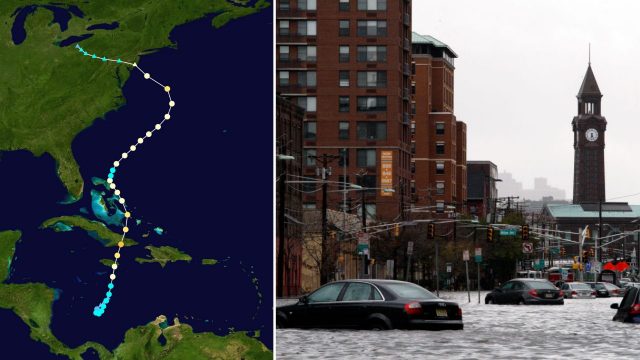
At its peak, Sandy was a Category 3 storm. The storm surge was most severe in New Jersey and New York, where streets and subway tunnels were flooded, power lines knocked down and trees ripped from the ground. New Jersey’s famed Atlantic City boardwalk was also ripped apart, requiring extensive repairs.
The storm affected 24 U.S. states and eight countries. Its strength was exacerbated by a full moon, which made tides 20 percent higher than normal. It inflicted $70 billion in damage, making it one of the costliest hurricanes in U.S. history, and left 233 dead in its wake.
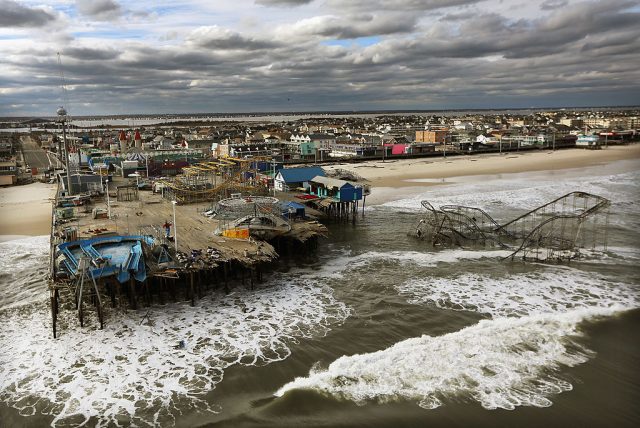
More from us: Over 6,000 died in Galveston after its meteorologist insisted they were safe from hurricane
State governments have since made it a priority to lessen the damage of future storms. They’ve begun initiatives such as installing electrical transformers on upper levels in buildings, as opposed to the ground floor, and have developed a way to seal subway tunnels, to lessen the effects of flooding.
